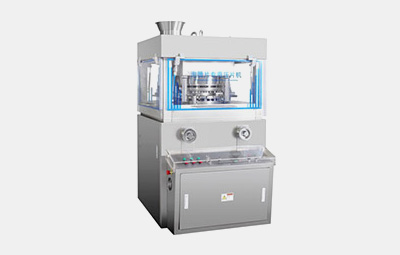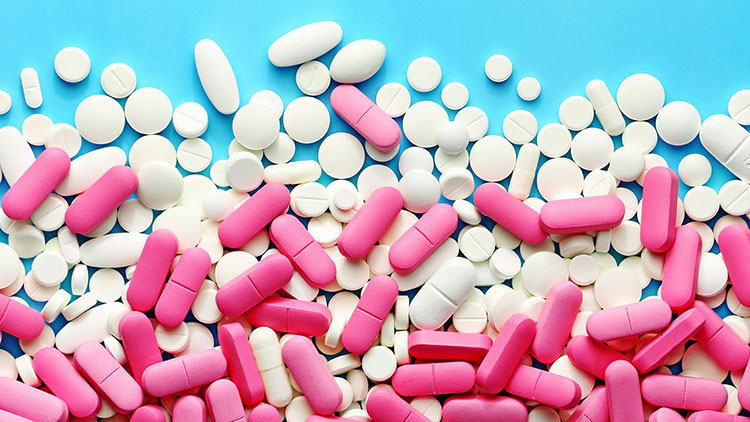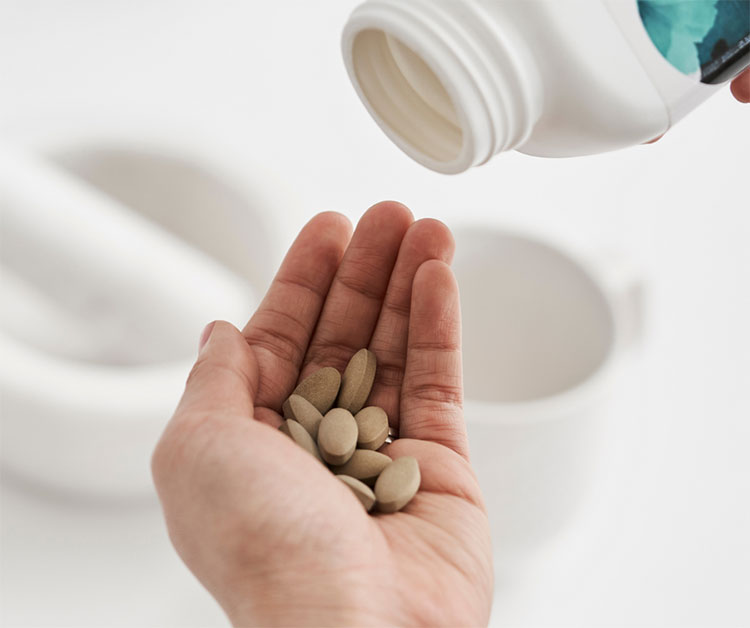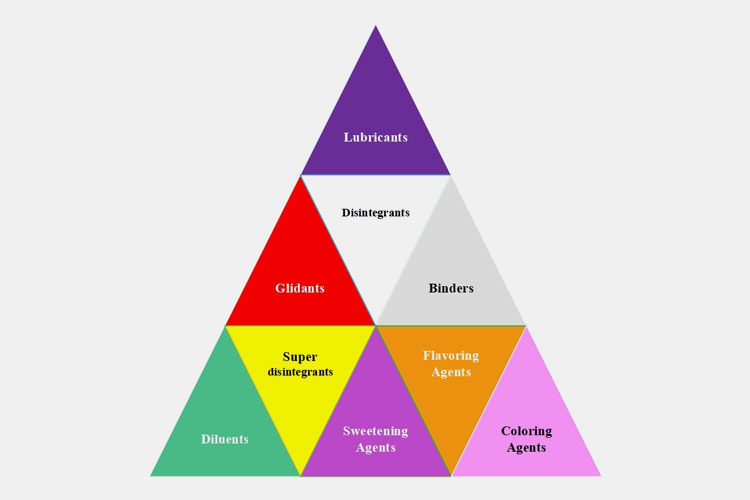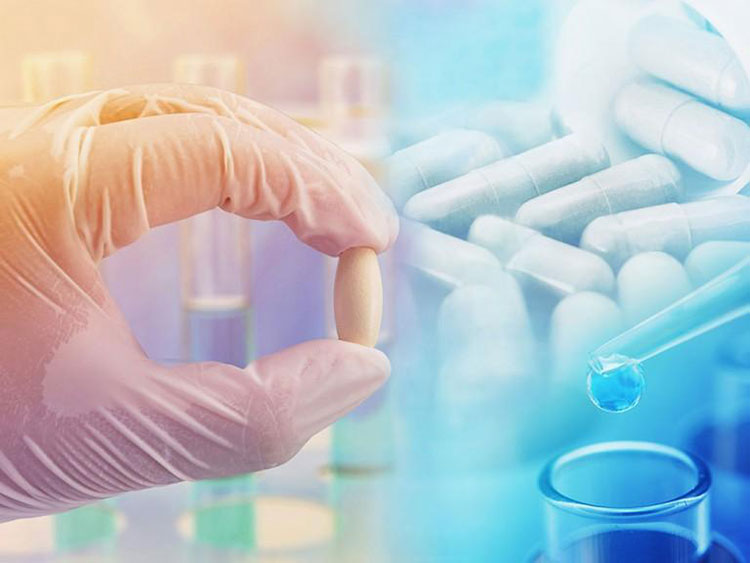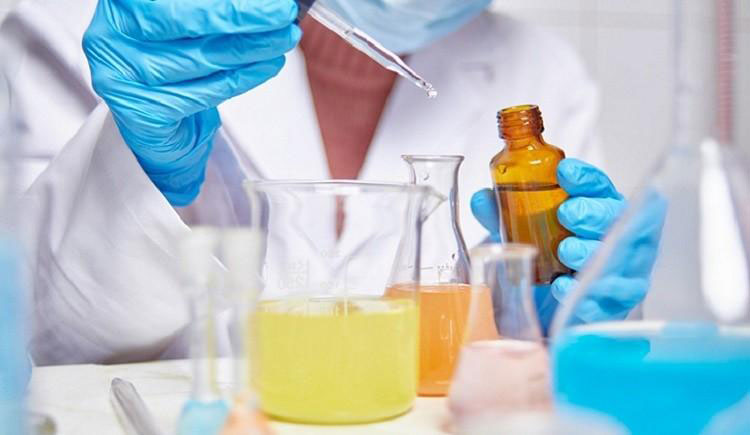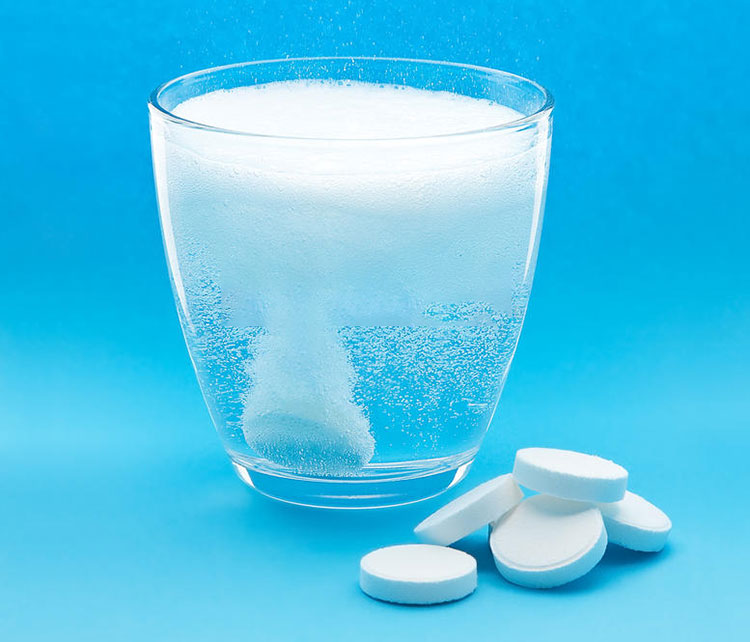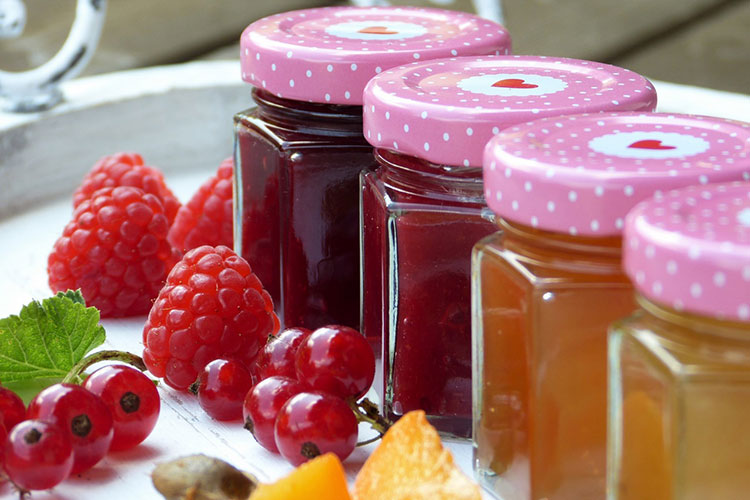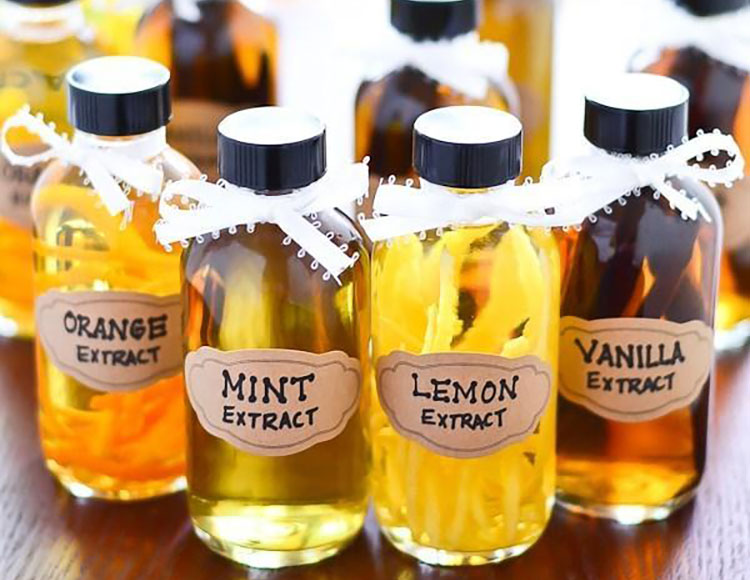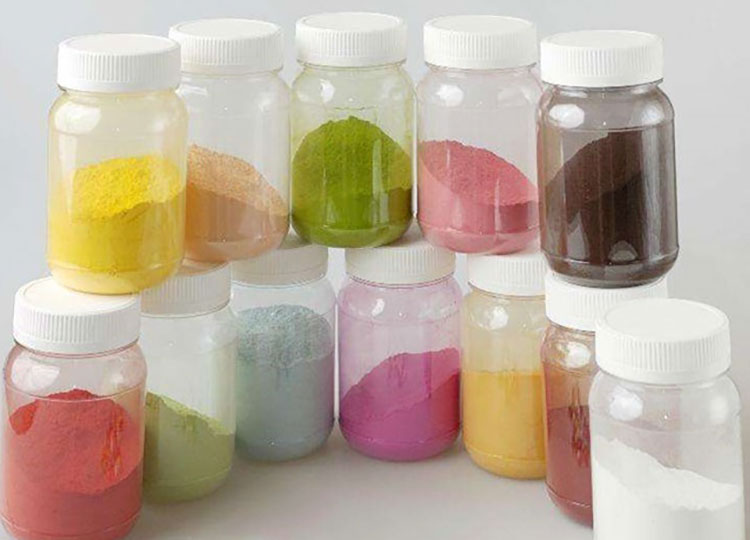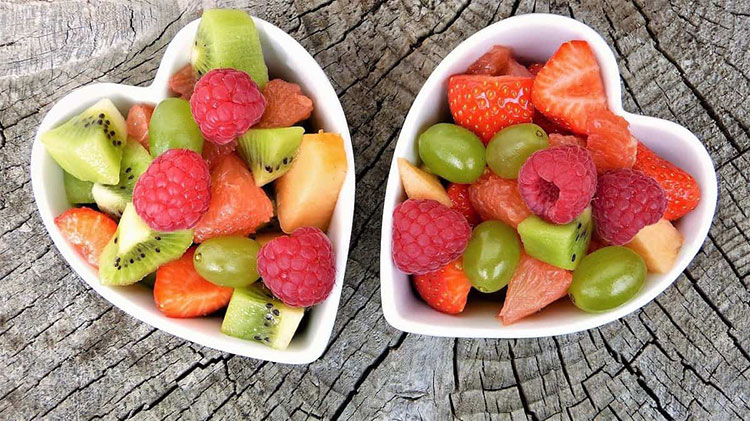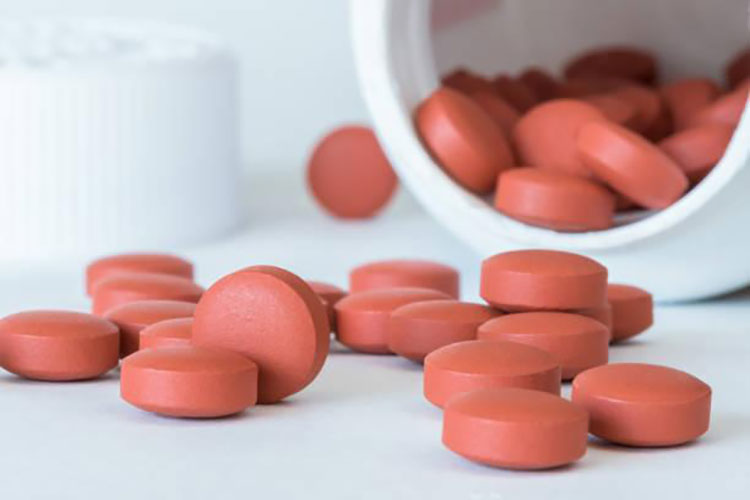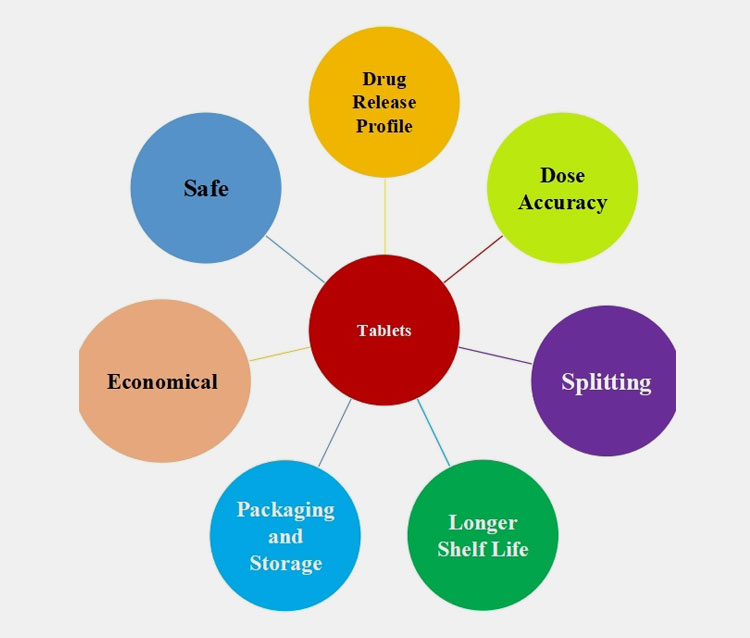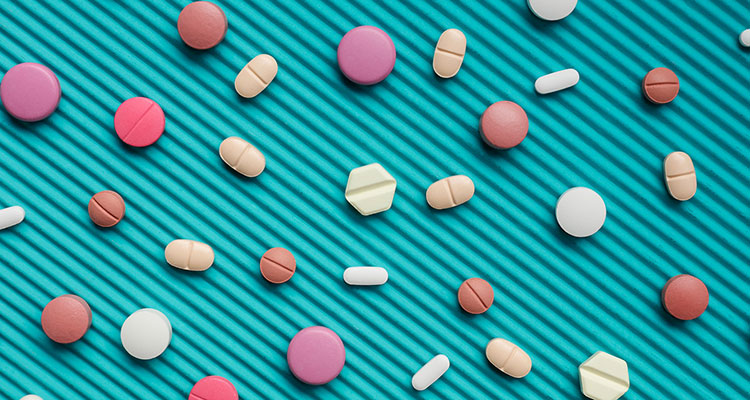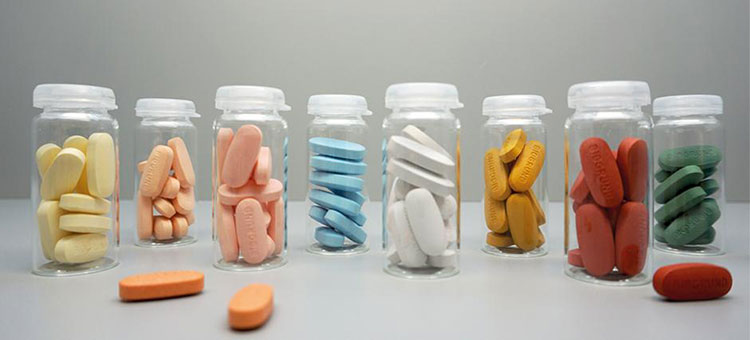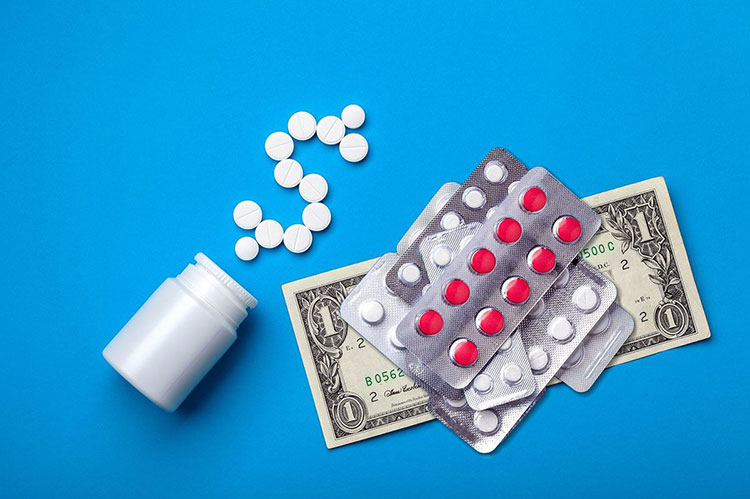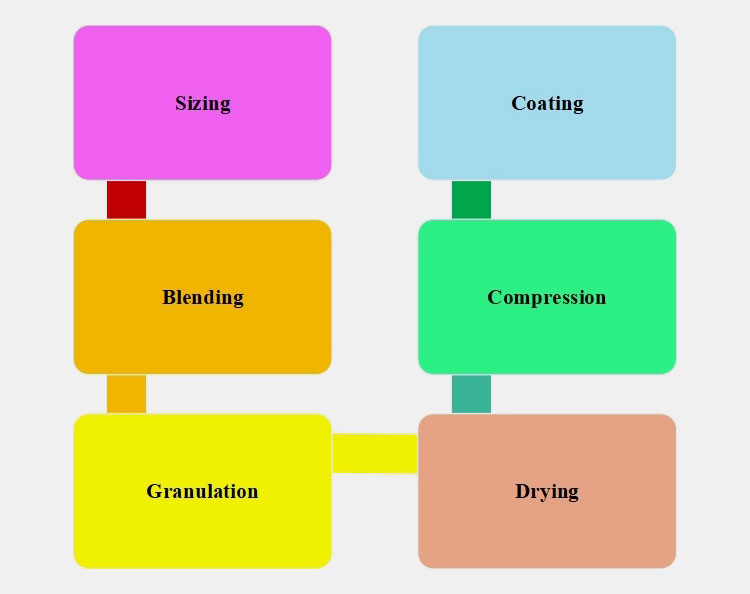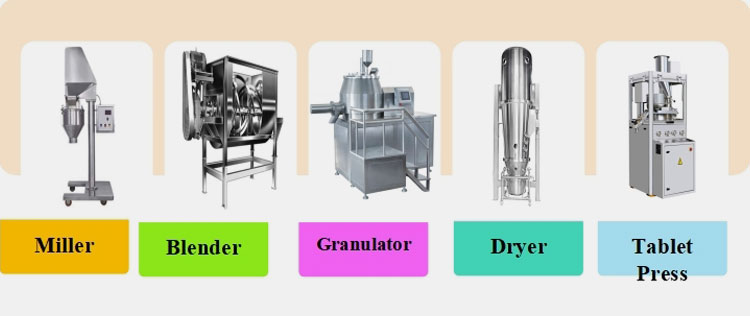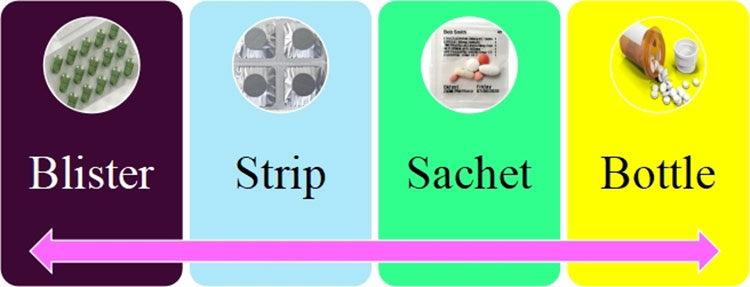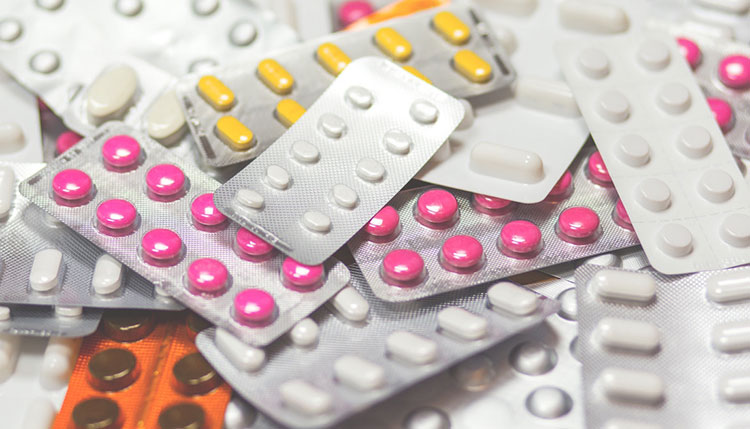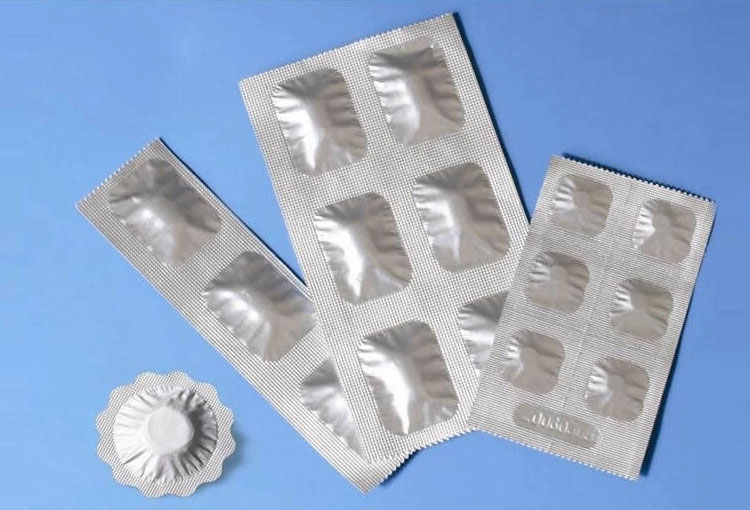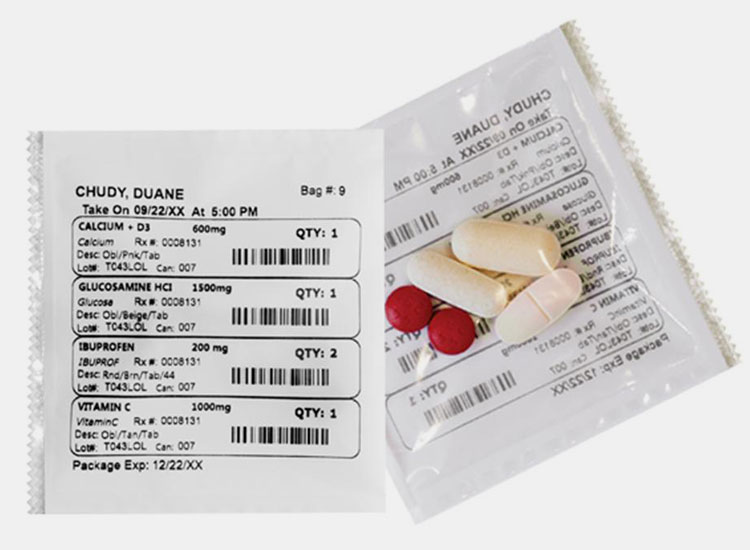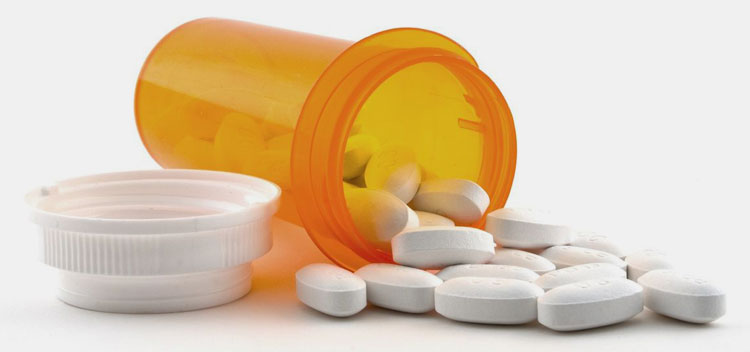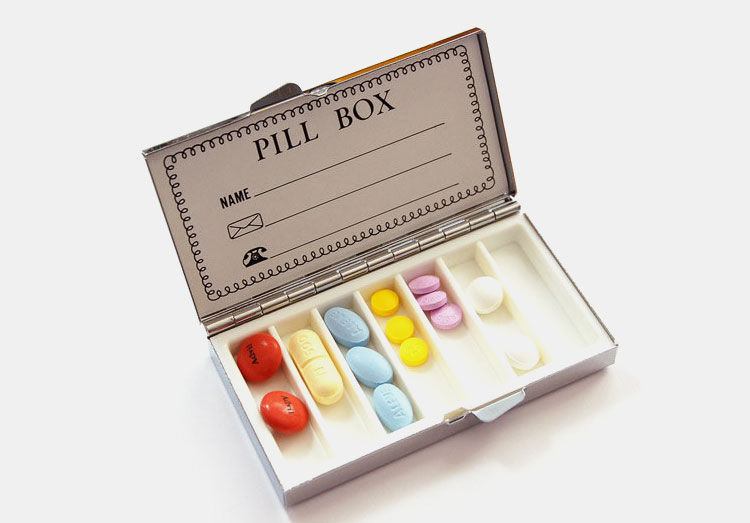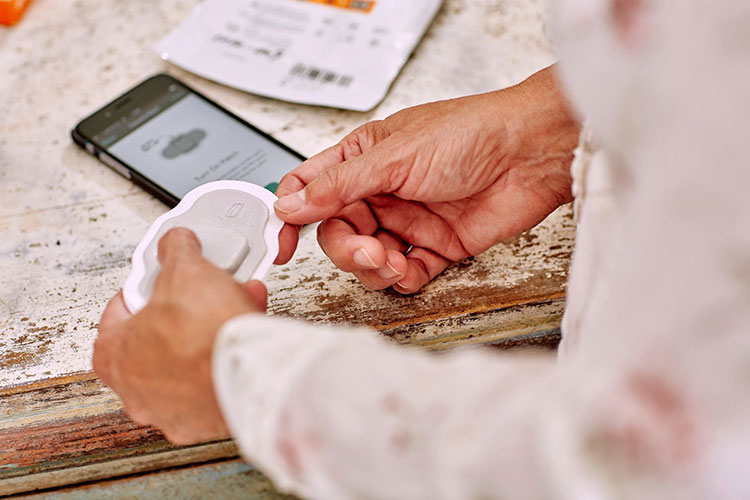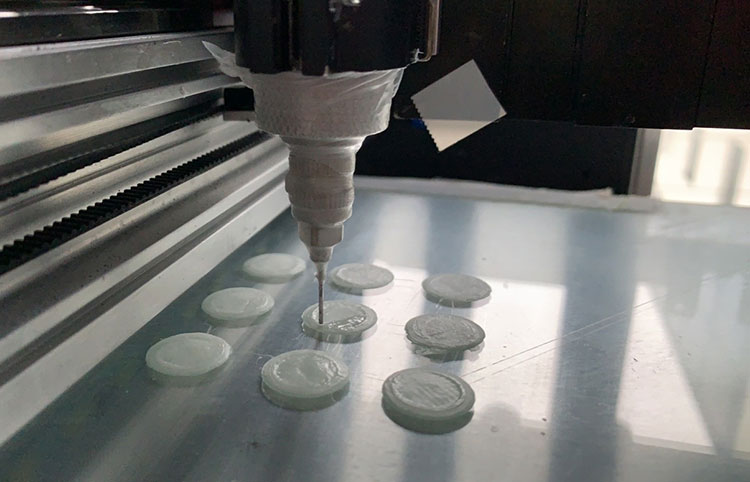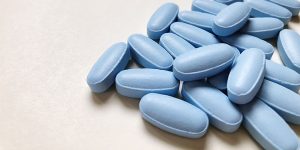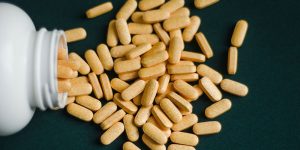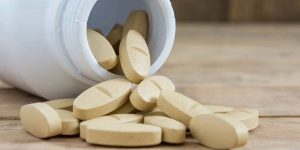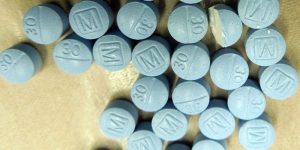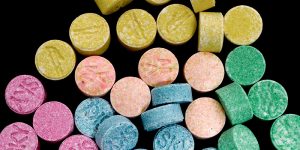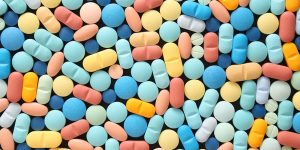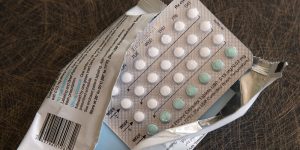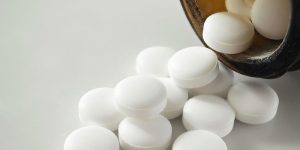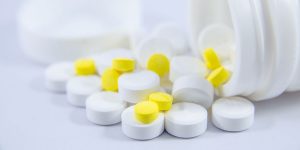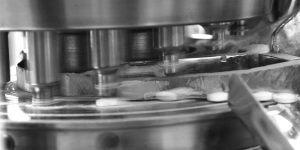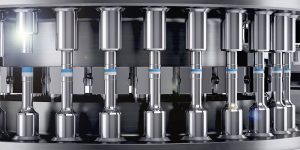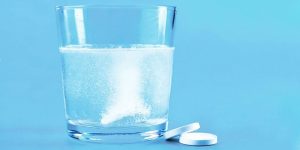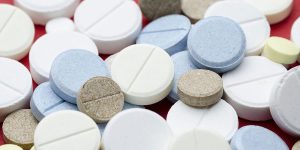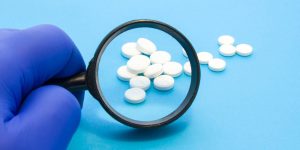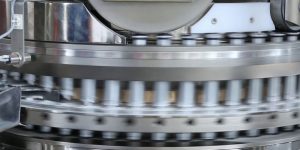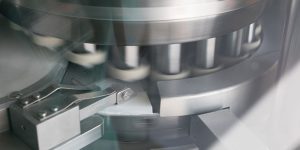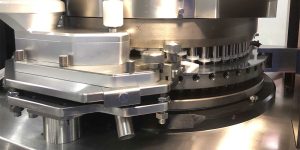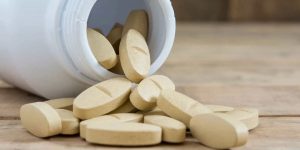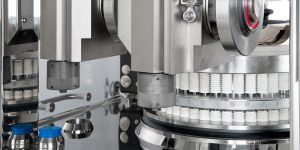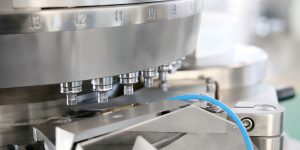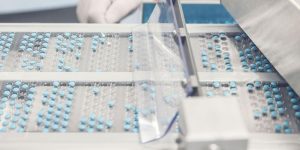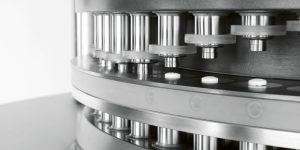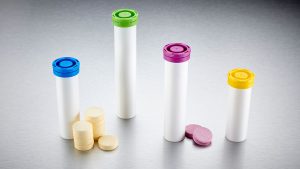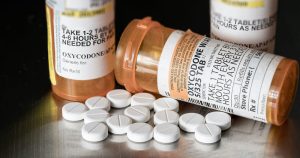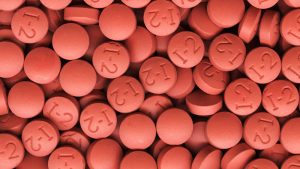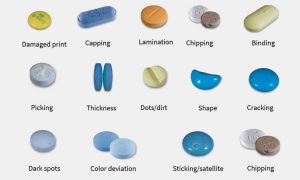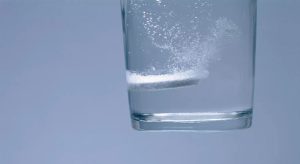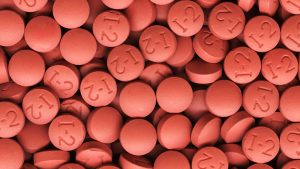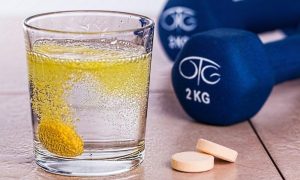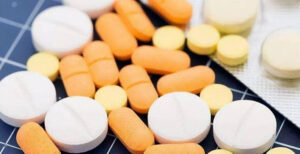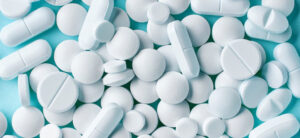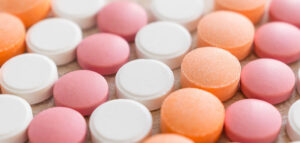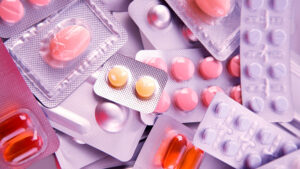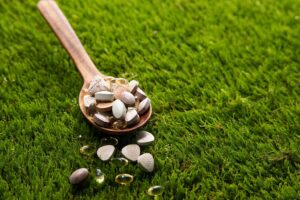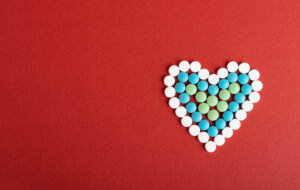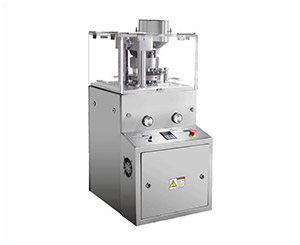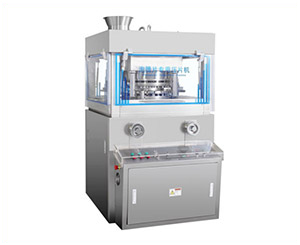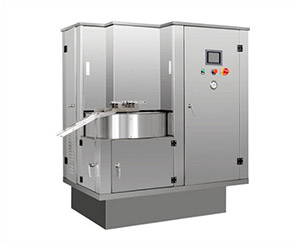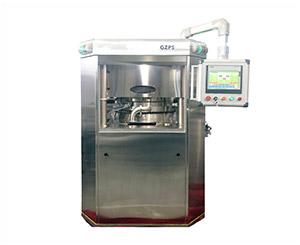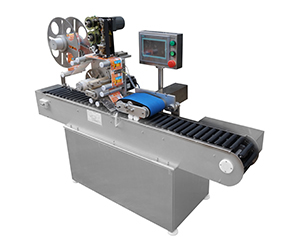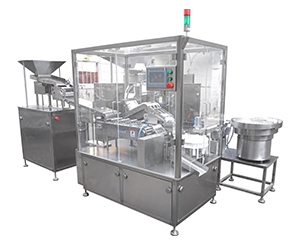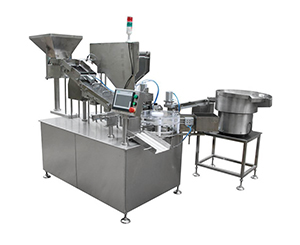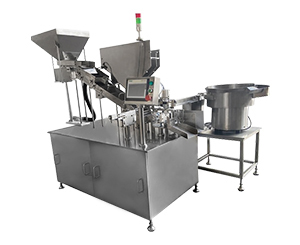Why Pharmaceutical Tablet Is First Choice For Health?
You take tablet if ill! Your physician first prescribes a tablet when you seek treatments.
Have you thought about why a pharmaceutical tablet is the first choice for health?
The pharmaceutical tablet is the most popular medication that you find everywhere surrounding you.
From flavored to therapeutic actions, this is an ideal way of getting the desirable action. It has better aesthetic properties like flavor, texture, colors, coating, etc., In this article,we discuss some best sight of the oral tablet dosage form to improve your in-depth knowledge.
1.What are pharmaceutical tablets?
Pharmaceutical tablets are round, biconcave, elegant products employed for treating medical ailments. They consist of multiple ingredients such as drugs and excipients. These are the most preferred choice of solid dosage and 70% of medications are in tablet form.
Usually, pharmaceutical tablets are white, round and about 18 to 21 mm however the color, shape, and size of pharmaceutical tablets can be customized according to the patient’s needs and preference.
Their main benefit is dose precision. Some kinds of pharmaceutical tablets are:
- Sugar Coated Tablets
- Buccal Tablets
- Effervescent Tablets
- Chewable Tablets
2.When Pharmaceutical tablets Originated?
First known record of usage of pharmaceutical tablets or pills is as old as the history of medicines i.e. pills have been used as a dosage form approximately since 1500 BC. In Greece, tablets were called katapotia meaning something to be swallowed. The term pill is itself derived from pilula used by Roman scholar Piny.
Initially, pills were coated with slippery plant substances to ease in swallowing but this process was improved after the invention of sugar and gelatin coating in the 1800’s. In 1843 first tableting machine patent was granted to William Brockedon which revolutionized the Tablet manufacturing industry.
3.What Are Pharmaceutical Tablets Typically made of?
In addition to drugs or ‘good stuff’ that aid in our recovery, pharmaceutical tablets are comprised of numerous inert materials or additives called excipients. These serve as a vehicle for delivering active ingredients and also controlling the release of drugs.
Some various kinds of excipients are:
Diluents
These are the filler material used for making up the bulk of pharmaceutical tablets if the drug dose is not sufficient to provide the required weight. They also grant material cohesiveness for tablet compression.
Binder
They increase the bonding strength of material particles and also improve the plasticity and tensile strength of drugs.
Glidants
These agents aid in the free flow of materials and reduce the frictional force between particles.
Lubricants
The purpose of lubricants is to prevent the stickiness of pharmaceutical tablets and these also contribute to the easy ejection of pills.
Disintegrants
Tablet dissolution in the digestive tract is facilitated by the use of disintegrants.
Super disintegrants
The disintegration speed of these agents is very fast, breaking the pharmaceutical tablets in just seconds. These swell and deform pharmaceutical tablets upon encountering watery conditions.
Sweetening Agents
Their function is to impart characteristics of sweet taste to ingredients that otherwise have a harsh and bitter feeling.
Flavoring Agents
The fruity taste and aroma are due to the addition of flavoring agents to the tablet mixture. Moreover, these are also beneficial in disguising the disagreeable taste of the drug.
Coloring Agents
They assist in giving elegance to pharmaceutical tablets and also play a role in product identification.
4.What Shapes Do Pharmaceutical Tablets Come In?
Pharmaceutical tablets come generally in standard round shapes but there are quite a variety of tablet shapes exist in the market.
Some of these include:
| Oval | This is the second most prevalent shape of pharmaceutical tablets. They are egg-shaped and their mode of administration is sublingual. | 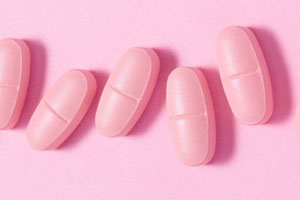 |
| Round | This is the standard and common shape of tablets. They are easily split into two pieces due to their middle partitioning line. | 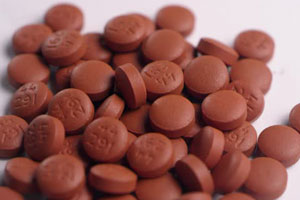 |
| Caplet | Caplet is a capsule-shaped or oblong-shaped tablet. These are easy-to-shallow substitutes for standard tablets. | 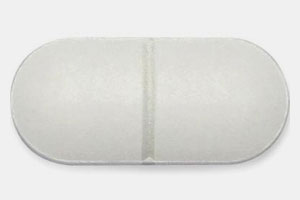 |
| Almond | These are oval in shape with one point end and are mostly used for treating male reproductive disorders. | 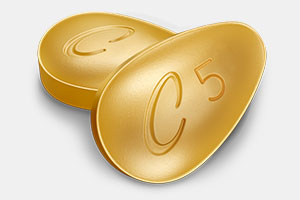 |
| Rectangle | Rectangular shaped tablets have equal opposite sides and are typically employed as somniferous (sleeping aid) or sedative. | 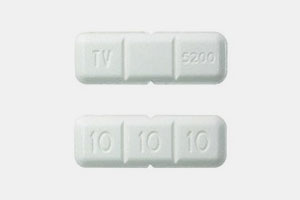 |
| Diamond | They have rhombus shaped designs and are used as remedy of reproductive dysfunction. |  |
| Arched Square | It is square-shaped with rounded corners and is well-suited for asthma treatment. | 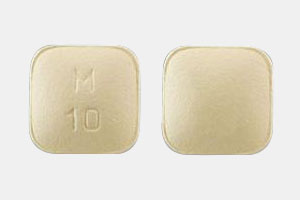 |
| Shield | These are pentagon in shape and are consumed for the treatment of psychiatric disorders. | 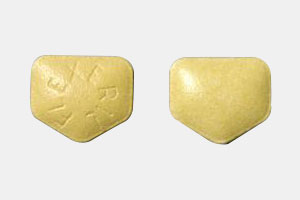 |
| Coral Rod | They are the pharmaceutical tablets with holes and are used for breath freshening. | 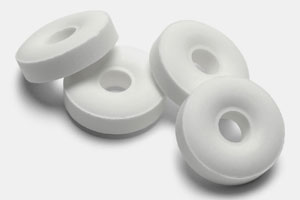 |
5.How Do You Mask Bitter Taste of Pharmaceutical tablets?
Whether you are young or old, you avoid taking bitter, sour, or salty pharmaceutical tablets. Pliability is a major factor in patient compliance. Unfortunately, pharmaceutical tablets are composed of harsh-tasting chemicals. Nevertheless, the different flavor can be added to mask the taste of these drugs.
Some customized ways to hide the tangy taste of pharmaceutical tablets are:
- The bitterness of pharmaceutical tablets is associated with large molecular weight organic compounds of basic nature. A sweetening agent having a strong flavor can conceal bitter taste and produce smoothening feel on taste buds.
- Typically, sour taste of pharmaceutical tablets is owing to acid substance. Sweet vehicles work best for concealing sharp acrid taste. These agents coat the tongue with protective layer that decreases sensitivity to sour compounds.
- The salty taste is usually due to ionic salts. So perfect flavoring agents in this instance are fruity ones. These complement the salty flavor.
6.Can you Get Personalized Applications for Pharmaceutical tablets?
Pharmaceutical tablets can be customized according to personal applications such as:
| Nutraceutical Tablets
They are formulated with the sole purpose of providing dietary supplements, especially minerals and vitamins to people for treating malnutrition. |
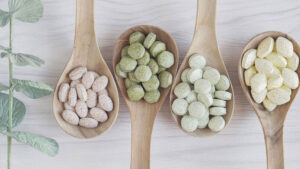 |
| Flavoring Tablets
These customized pills are added to drinks like tea, coffee, or water to jazz up the taste of drinks. These tiny tablets contain flavors of various syrups. |
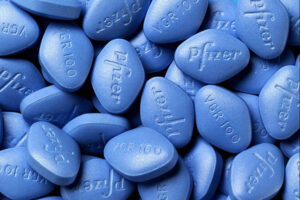 |
| Diabetic Tablets
Artificial sweeteners tablets are specially manufactured for diabetic patients to increase their food palatability. |
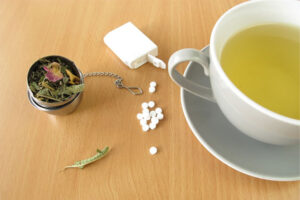 |
| Coffee Bean Tablets
The trend of consuming coffee bean tablets has risen and people feel inspire to consume them for weight loss. |
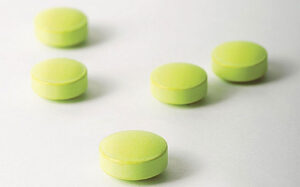 |
| Gummy Tablets
They are particularly develop for kids to increase their compliance. Vibrant color and attractive shapes urge children to consume tablets. |
 |
| Veterinary Tablets
These pills are used to treat animal infections, disorders, and wounds. These are also formulated for supplying pets with necessary supplements. |
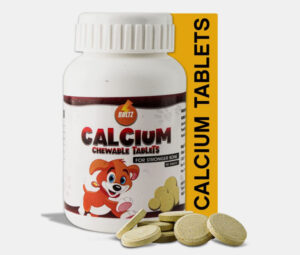 |
7.How do you Control Releasing Action of Pharmaceutical tablets?
The pharmaceutical tablets usually break down in a stomach acidic environment and release their drug content. However, the drug release action of pharmaceutical tablets can be changed by using various kinds of coating.
Quick-release Coating
The coating that facilitates the immediate release of drug from tablets is customarily composed of water-soluble polymers. These polymers readily dissolve in gastrointestinal fluid and rapidly release their inner drug.
Modified-release Coating
These coatings are employed for altering drug release profile of pills. It extends the duration of drug action and increases drug efficacy. These coatings are of two types:
Delayed- Release Coating
Delayed-release Coating or enteric coating delays the release of drugs. These films enhance tablet stability in the stomach's acidic pH and allow the tablets to disintegrate in the intestine thus preventing premature active ingredient release.
Sustain-Release Coating
The characteristics of coatings of pills such as their thickness and permeability are modified for sustained release of drug over prolong time period. The coat slowly breaks apart and releases the drug in a programmed manner over a specific time period.
8.How does Tablet Benefits You More than Other Dosage forms?
Pharmaceutical tablets are the most produced form of solid dosage and these have various advantages over another form of medication such as:
Longer Shelf Life
Pharmaceutical tablets have a higher stability profile than capsules and liquid dosages. These pills do not disintegrate upon exposure to harsh environmental elements thus lasting longer than capsules.
Safe Administration
Tablets are safe to administer via oral route. This non-invasive mode medication offers high protection against microbial infection which is common for parenteral route of administration.
Drug Release Profile
These medication forms can be modified to release drugs at different times. The pharmaceutical tablets usually have an immediate release, delayed release, and sustained release drug profile.
Splitting
In contrast to capsules, pharmaceutical tablets are broken into two equal halves for consuming smaller doses if required.
Dose Accuracy
The pills have higher dose accuracy and precision something not possible with powders.
Packaging and Storage
Pharmaceutical tablets are easily packaged and dispensed. These do not require stringent conditions for storage.
Economical
These are highly economical medication options due to their straightforward manufacturing and lower fabrication cost.
9.What Professional Tablet Manufacturing Steps Are There?
Professional tablet manufacture is a tedious and complex process involving multiple steps and materials. Some steps in tablet manufacture are:
Sizing
Formulating materials are crushed into smaller fine particles in this process. This aids in the superior flow of powders and mixing.
Blending
Fine powders (drugs and excipients) are mixed to achieve an even and homogenous formulation mixture.
Granulation
The mixture is transformed into granules for increasing the flowability of the formulation.
Drying
The granules are dried to remove moisture that otherwise can cause product damage.
Compression
Granules are then compressed or squeezed via pressure to form a tablet of the required shape.
Coating
Pharmaceutical tablets are coated for concealing their flavor or for improving their aesthetic presentation.
10.What Principal Equipment Is Used for Tablet Production?
Principle equipment used for tablet production includes:
Millers
These types of equipment assist in size reduction or milling of powder particles.
Blender
It rotates the particles in order to achieve a homogenous and consistent blend of powders.
Granulators
These machines have a significant role in particle agglomeration and densification.
Dryer
The wetness of granules is decreased through evaporation of moisture by the dryer.
Tablet Press
The function of the tablet press is to exert compression pressure on granules for tableting.
11.How Do You Package Pharmaceutical tablets?
Pharmaceutical tablets can be packaged in a variety of ways for instance:
Blister Pack
These are widely used forms of tablet packaging, are manufactured from plastic or aluminum, and can have various designs. They have cavities for keeping the product in place, unlike strip packs.
Strip Pack
In strip packaging, the tablet is enclosed within two layers of heat-sealable film. These are square or rectangular in shape and are used for packing sensitive drugs.
Sachet
These are small square or rectangular pouches or bag made of paper, plastic, and aluminum foil for packing multiple tablets.
Bottles
The containers with small stem and even bottom are bottles. These are tightly sealed with caps and often used as dispensing containers for tablets.
12.How Do You Store Pharmaceutical tablets?
Pharmaceutical tablets have longer shelf life than liquid medication. If stored properly they can stay fresh for 1 to 2 years past their expiry date.
Here are some useful tips for storing medications.
- Pharmaceutical tablets should always be stored away from warm places. The storage temperature should be 59-77 °F or 15-25 °C. Moreover, protect pills from direct sunlight.
- These must be placed in cool and dry places such as dresser drawers, storage boxes, and closets.
- Do not place them in damp places such as bathroom cupboards or kitchen sinks. Tablets can absorb moisture when stored in humid locations causing their disintegration.
- Remove the cotton ball from pill bottles as these balls can absorb moisture.
- Try to store pharmaceutical tablets in their original containers such as bottles or blisters and keep them tightly closed after use.
13.Future Trend of Tablet Dosage Form
Pharmaceutical tablets have dominated the pharmaceutical dosage market for many centuries due to their ease of manufacturing and patient acceptance. Over the years, pharmaceutical tablet formulations have continued to evolve.
- Orodispersible tablets are a new mode of drug delivery. They are made of sugar disintegrants and dissolve quickly in the mouth 3 minutes before ingestion.
- Digital pharmaceutical tablets have an ingestion sensor that separates from pharmaceutical tablets upon activation by stomach acid and transmits the signal to an adhesive sensor (fixed on the torso). This adhesive sensor records the time and date of tablet consumption.
- New coating materials for pills like cellulose and acrylic contribute to a wider release profile of drug.
- 3D printing of pharmaceutical tablets is a new innovation and still in infancy but has the benefits of personalized tailored medication, versatility in design, and dose customization for individuals.
CONCLUSION
Why Tablet Is First Choice for Health?
Tablet is the most popular and stable oral dosage form. Besides being cost-effective, safe, and easy to formulate, pharmaceutical tablets offer a number of variants including modified release, film-coated, sugar coated, etc., Due to non-invasive administration, it has minimum chances of causing infection; that’s why it is the preferred choice for health. If you’ve any queries; just send us a message. Our Hi-tech Team will contact you Shortly!
Don't forget to share this post!
Tablet Press Machine Related Posts
Tablet Press Machine Related Products
Tablet Press Machine Related Videos
CONTACT US
Tell us your raw material and project budget to get quotations within 24 hours.
WhatsApp Us: +86 181 6426 8586
Want the best price & newest pharmaceutical machinery buying guide,tips and trends sent straightly to your box?Sign up for Aipak’s monthly newsletter,we’re free for your consultation and Offer you the most suitable solutions!
The Buyer's Guide
- Capsule Filling Buyer's Guide
- Blister Packaging Buyer's Guide
- Tablet Counting Buyer's Guide
- Tube Filling Buyer's Guide
- Cartoning Buyer's Guide
- Gummy Making Buyer's Guide
- CO2 Extraction Buyer's Guide
- Empty Capsules Buyer's Guide
- Suppository Filling Buyer's Guide
- Tablet Coating Buyer's Guide
- Tablet Press Buyer's Guide
- Softgel Encapsulation Buyer's Guide
Most Popular
- 7 Importance Of Pharmaceutical Packaging In Different Applications You Must Know
- 6 Advantages You Must Know About Tablet Counting Machine
- 8 Advantages of Blister Packaging You Must Know
- 6 Critical Applications of Automatic Capsule Filling Machine
- 6 Stations You must Know to Improve the Filling Quality of Automatic Capsule Filling Machine
